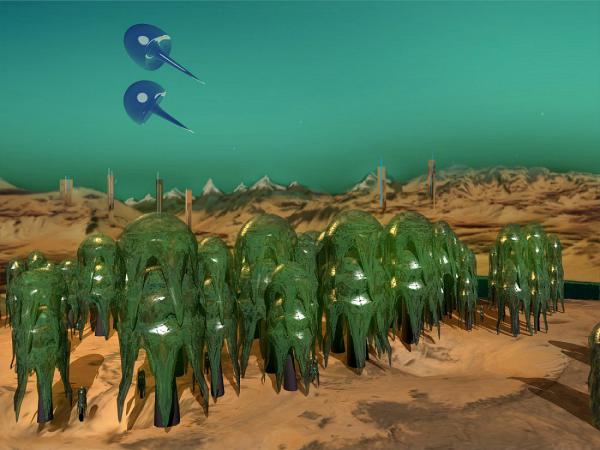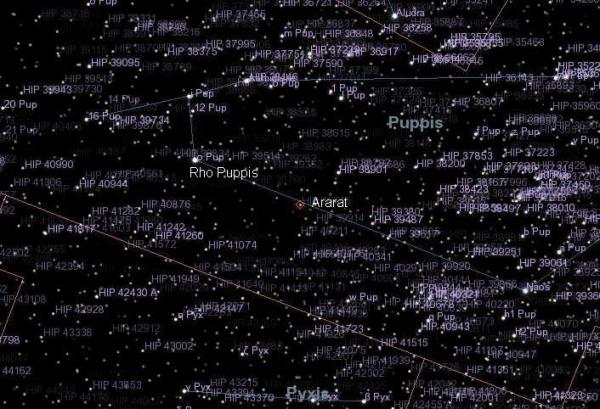BY LETTER
Garden of Paradise Cluster
Galactography > Places and Locales
Galactography > Sephirotic Empires > Sophic League
Science > Sophontology > Xenology
Galactography > Sephirotic Empires > Sophic League
Science > Sophontology > Xenology
Group of Earth-like planets that were terraformed by aliens millions of years ago. | |
 Image from Steve Bowers | |
| The forests on Ararat appear to have descended from, or are modified versions, of an alien coelenterate-like phylum. Here, blue jelly-birds fly high to catch skyplankton, while the strobilatrees below have their own symbiotic algae | |
Not a real cluster, but a collection of sun-like stars approximately 200 ly from Sol near HD 66740, first reached in 2642. Many of these stars have Earth-like worlds (such as Ararat) which have been terraformed to a state similar to Old Earth by a long vanished alien race. This race is popularly known as the Mysterians, classified by the Hamilton Institute as HIE014CZE.
On typical Mysterian worlds there are multitudes of plant/jellyfish creatures which feed on floating bacteria that in turn use a modified method of photosynthesis). On land there are forests of layered, semi-transparent trees and vast creeping vines which cover the land surface, especially rocks, cliffs and other elevated landforms, and provide microecologies for mobile animal-like lifeforms. The most famous Mysterian world is Ararat.
 Image from Steve Bowers |
After the Mysterians became extinct, a species of sophont lifeform evolved on one of the planets in the Garden of Paradise; the world Hutamah orbiting the star HIP 40138 gave rise to the unnamed civilisation HIE019CZE, a colonial species which terraformed several more worlds before being destroyed in a conflict 30 million years ago.
Related Articles
Appears in Topics
Development Notes
Text by Steve Bowers
Initially published on 04 March 2010.
Initially published on 04 March 2010.






